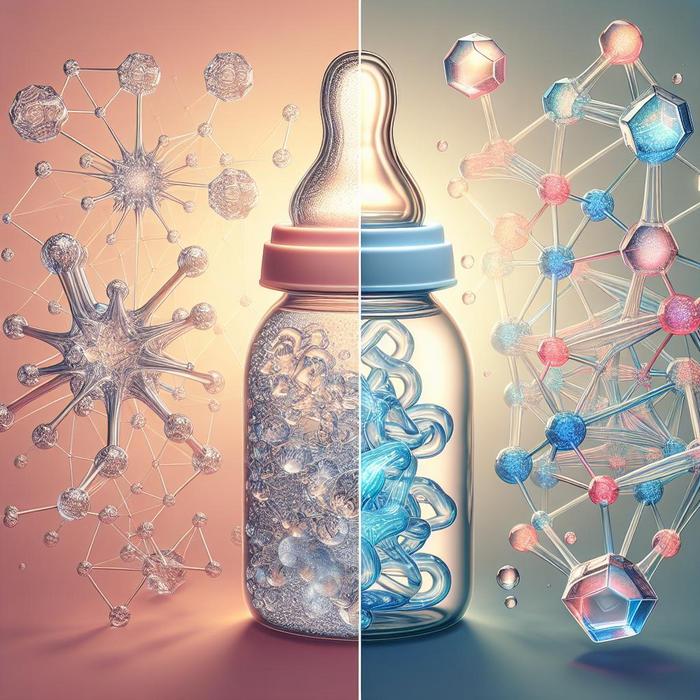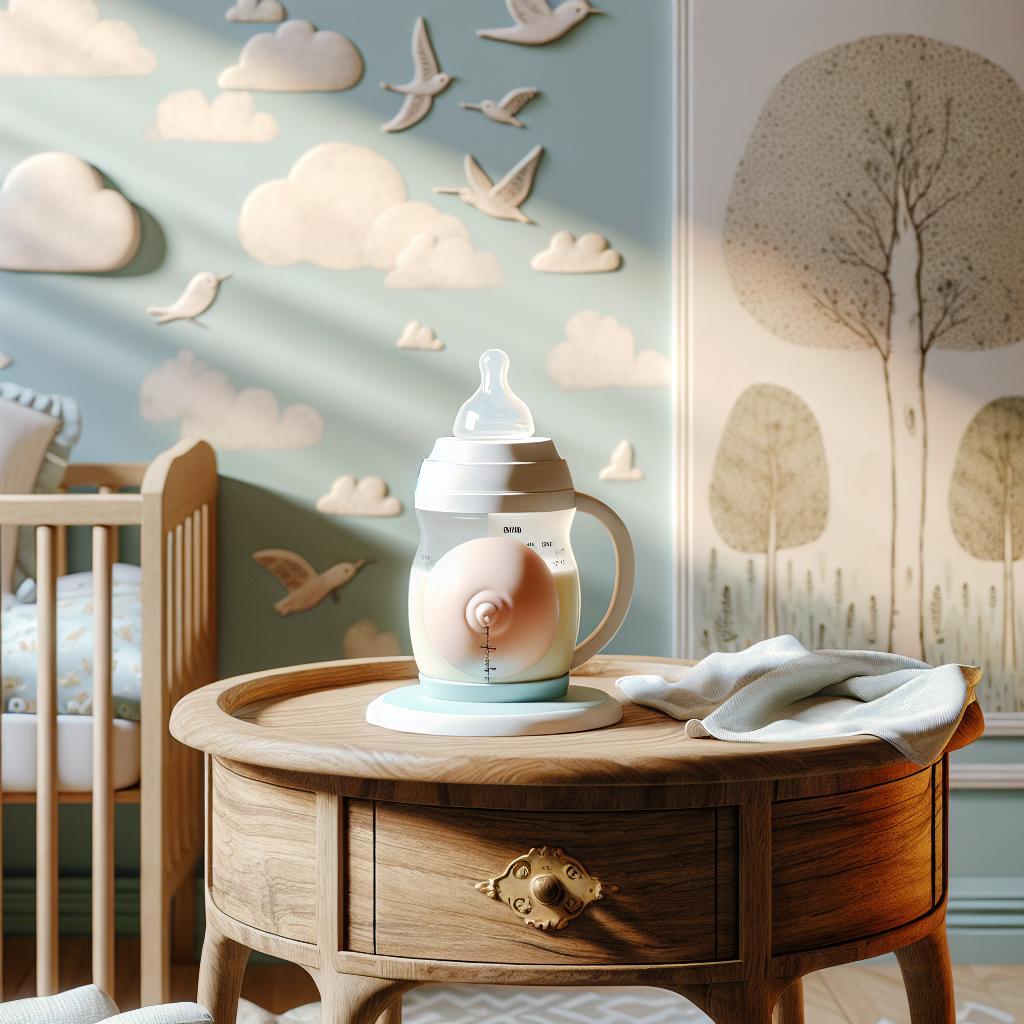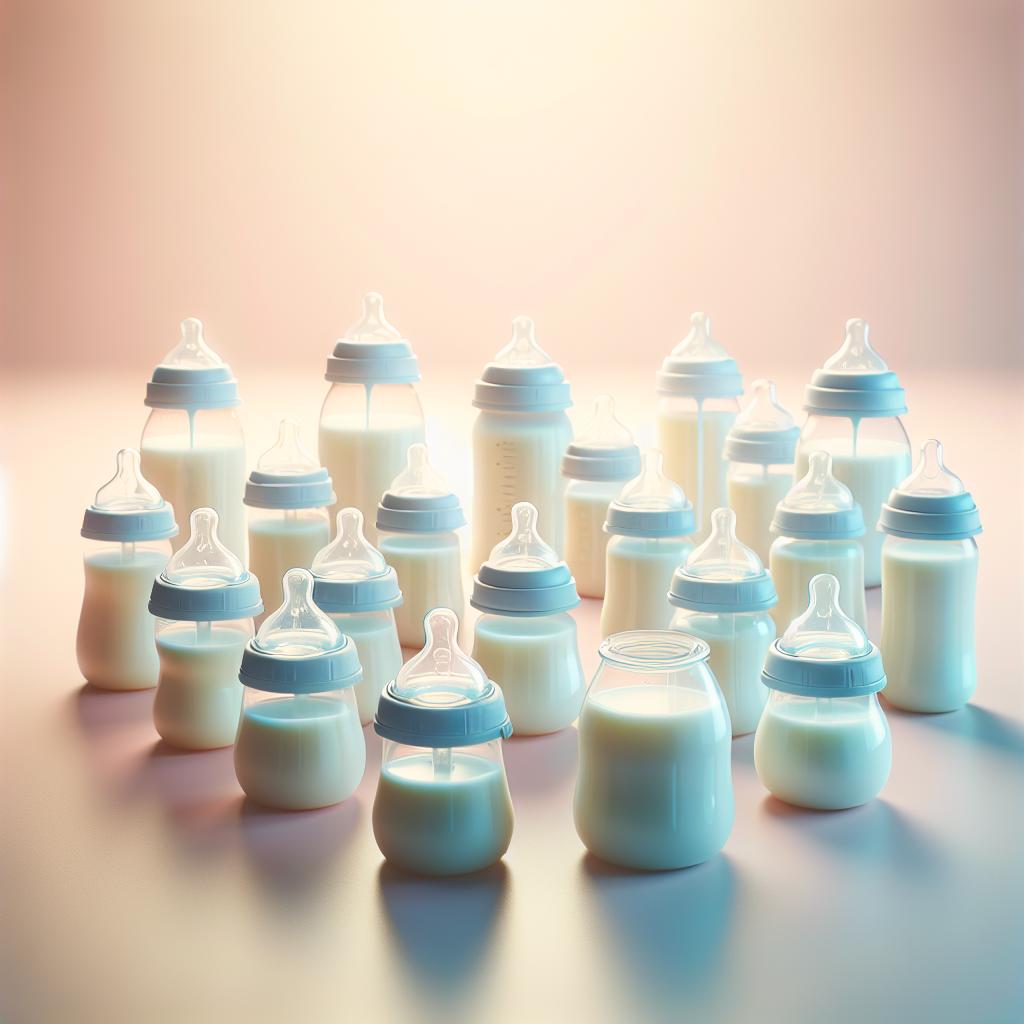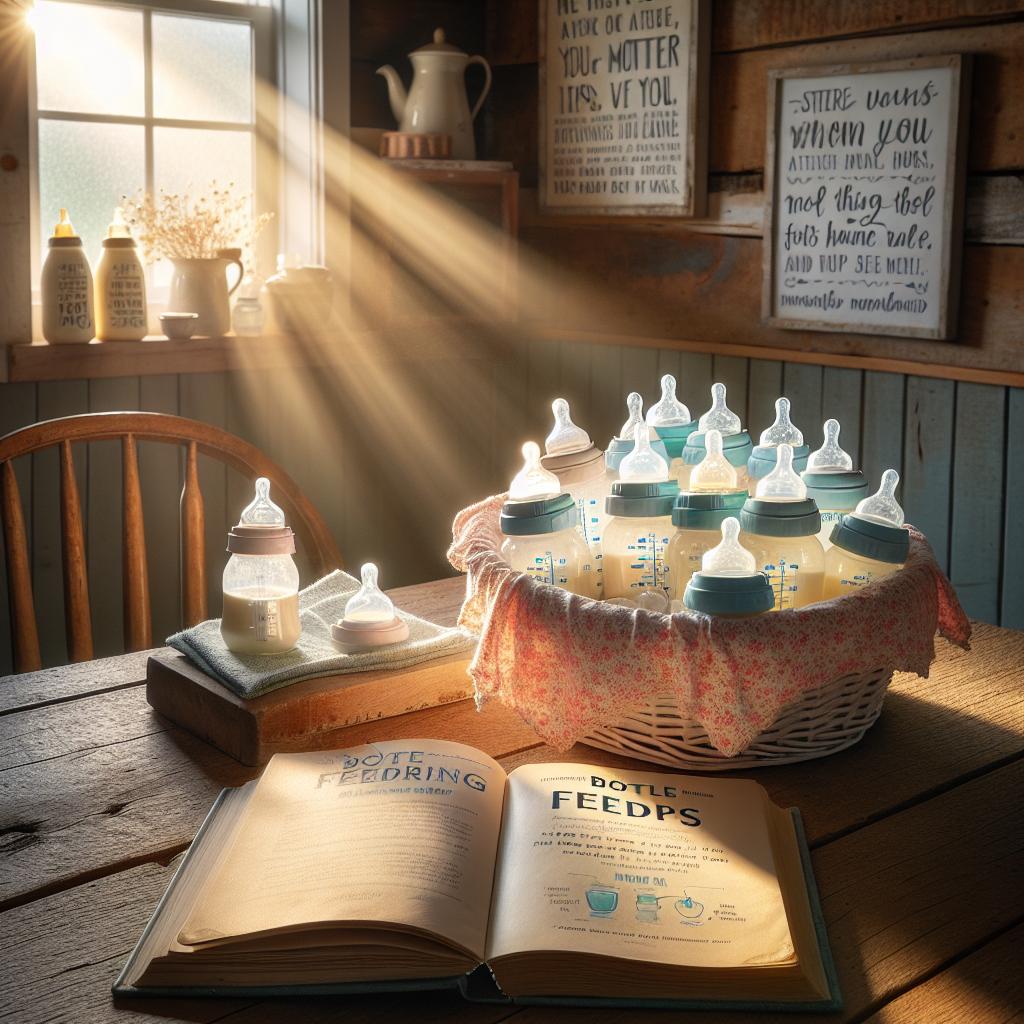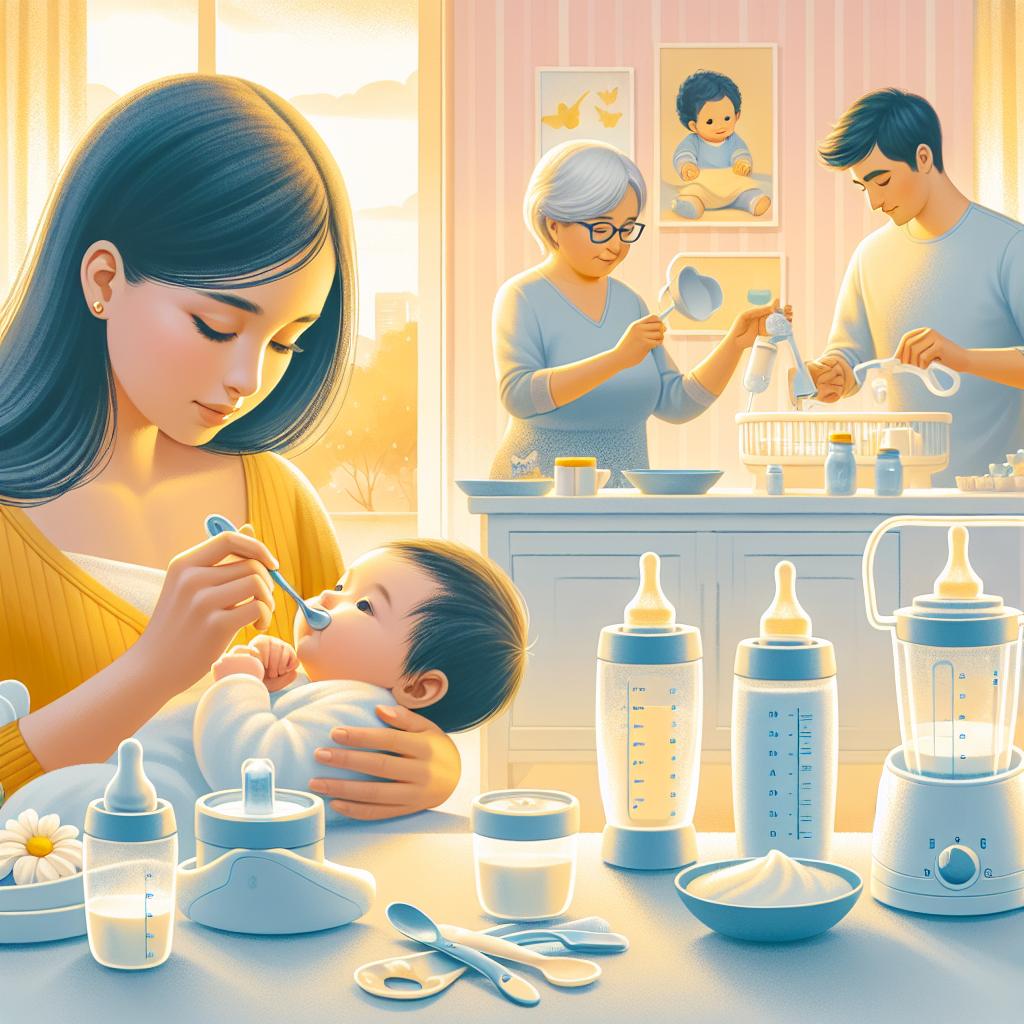Exploring Baby Bottle Materials: A Look at Glass vs. Plastic
In the world of baby bottle materials, the competition is often boiled down to two main contenders: glass baby bottles and plastic baby bottles. When faced with the decision, it’s essential to make an informed choice based on the pros and cons each material offers. So, let’s delve into the specifics to help you make the right decision for your precious little one.
Why Choose Glass Baby Bottles?
Before plastic became the go-to material, glass was the standard for baby bottles. In recent years, there has been a resurgence in the popularity of glass baby bottles. Let’s dive into why this might be the case.
- Chemical-free: Glass is naturally BPA-free. It does not contain any chemicals that might seep into your baby’s milk, making it a safer option for your baby’s health.
- Long-lasting: Glass baby bottles are durable and long-lasting. They do not degrade over time like plastic, which can extend their lifespan and make them a cost-effective choice in the long run.
- Easier to clean: Glass does not absorb odors or colors like plastic, making for easier cleanup. Your baby’s milk will taste as it should, without any leftover residue affecting the flavor.
However, the main drawback of glass is its weight and fragility. Glass bottles are heavier and can be slippery, making them harder to handle, especially for little hands. And of course, there’s always the risk of breakage if dropped. More about glass baby bottles can be found in this online discussion.
The Advantages of Plastic Baby Bottles
Plastic baby bottles have been the popular choice for many parents for years now, and for good reason. Here’s what makes them an appealing option.
- Lightweight: Plastic bottles are lighter, easier to handle and perfect for on-the-go families. This makes them a practical choice for road trips, where every ounce of luggage matters. Check out this post about planning a baby-friendly road trip for more tips.
- Durable: Plastic is robust and less likely to break if dropped. This durability adds to its appeal for parents and children alike.
- Cost-effective: Generally, plastic baby bottles are cheaper than their glass counterparts, making them more accessible for families on a budget.
Despite these benefits, potential health risks associated with certain plastics has been a concern. Certain plastics can contain harmful chemicals like BPA. However, many manufacturers now produce BPA-free plastic bottles to combat this issue.
The Future of Baby Bottle Materials
With growing awareness and innovation, the baby bottle industry is continually evolving to meet parents’ concerns and needs. New materials, like silicone, are emerging as potential alternatives to traditional glass and plastic bottles. Want to learn more about the future of baby bottle materials? Read our post about upcoming trends in baby bottles to stay ahead of the curve.
Choosing between glass and plastic baby bottles ultimately comes down to personal preference and lifestyle needs. Both materials have their pros and cons, and it’s essential to consider what works best for you and your baby. Always remember, the best feeding solution is one that ensures your baby’s safety and health.
Deciding Between Glass and Plastic
While both materials have benefits, choosing between them depends heavily on your lifestyle and comfort level. For example, if you’re always on the move or constantly traveling and need lightweight and durable feeding solutions, plastic might be your preferred material. Meanwhile, glass bottles might be more appealing to those who prioritize longevity, ease of cleaning, and a chemical-free environment.
The crucial factor is that the material you choose should be safe and suitable for your baby. After all, safety and health are the top priorities. If you are finding it challenging to decide, don’t hesitate to seek advice from experienced parents or health professionals.
To help you understand more about these materials, I recommend reading available online resources that offer comprehensive comparisons, such as this one.
Additional Considerations
The question of whether to choose glass or plastic bottles is complex and extends beyond just the bottle’s material. The nipple material and design, bottle size and shape, and venting system can also impact your decision.
Nipple Material and Design
The nipple is an essential part of the baby bottle that should not be overlooked. It’s where your baby’s mouth will have direct contact. Thus, it’s vital to ensure that the nipple is made from approved food grade material.
Bottle Size and Shape
Babies require different amounts of milk as they grow, and they also become capable of holding onto their bottles over time. Thus, when selecting a glass or plastic bottle, consider their size and shape. Ensure that it will be easy for your baby to hold and drink from.
Venting System
Baby bottles with sophisticated venting systems minimize the risk of your baby swallowing air during feeding, which can lead to uncomfortable gas and colic. Regardless of whether you’re opting for glass or plastic, look for bottles that have effective venting systems.
What About BPA?
Over the last few years, Bisphenol A (BPA), a chemical found in some plastics, has become a significant concern for parents. This chemical can sometimes seep into the baby’s milk when the bottle is heated during sterilization or warming up the milk. Learn more about the safety of plastic baby bottles on Baby Center.
Most manufacturers are now producing BPA-free bottles to address this concern. But as a parent, you must always double-check the labels to ensure that your bottle is indeed BPA-free. Opting for glass baby bottles can completely eliminate this worry as glass is naturally BPA free.
Remember, irrespective of whether you choose a glass or a plastic bottle, it’s crucial to clean and sterilize your baby’s bottles properly. Glass bottles tend to be simpler to clean as they do not absorb any foul odors or stains. However, plastic bottles need a bit more attention to avoid any leftover milk residue that can sour and affect your baby’s milk taste.
Where to Next?
Materials like silicone, stainless steel, and bioplastics have recently surfaced as alternatives to glass and plastic and are speculated to be the future of baby bottles. If you’re open to trying newer materials, explore these options, and read up about their benefits and challenges.
For more information on the evolving trends in the baby bottle industry, check out this post on Milas Keeper.
Remember, the ultimate goal is to provide the best for your little one, and every small decision contributes to their overall well-being. As long as the choice you make is safe and satisfies your baby’s feeding needs, you can’t go wrong.
